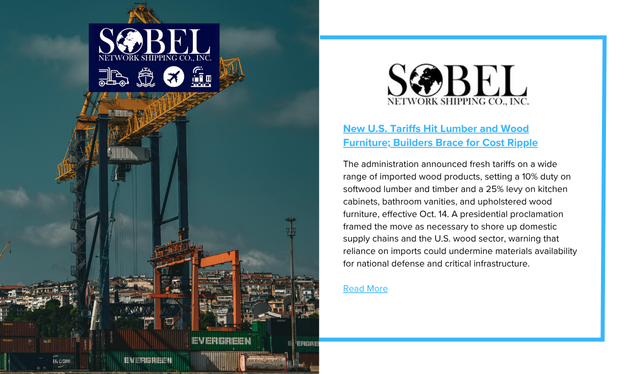The administration announced fresh tariffs on a wide range of imported wood products, setting a 10% duty on softwood lumber and timber and a 25% levy on kitchen cabinets, bathroom vanities, and upholstered wood furniture, effective Oct. 14. A presidential proclamation framed the move as necessary to shore up domestic supply chains and the U.S. wood sector, warning that reliance on imports could undermine materials availability for national defense and critical infrastructure.
The measures are poised to reverberate across key supplier nations. Canada—by far the largest softwood lumber source for the U.S.—exported roughly $11.6 billion in wood products to the American market in 2024. Major furniture manufacturing bases in Vietnam, China, and Mexico also face exposure: U.S. household furniture imports totaled about $12.2 billion in the first half of this year, according to industry data.
Tariff rates could escalate further on Jan. 1 for certain cabinet items—potentially up to 50%—if no trade deals or compliance steps materialize, the White House indicated.
The new duties arrive atop a cascade of recent trade actions covering pharmaceuticals, heavy-duty trucks, steel, aluminum, copper, and autos, as well as broader “reciprocal” tariff frameworks aimed at rebalancing trade relationships. Industry groups and some policymakers warn that higher import costs will filter through to construction and consumer prices, while transportation and retail sectors assess potential knock-on effects for inventory planning, housing affordability, and capital spending.
In the near term, importers are expected to accelerate shipments ahead of the Oct. 14 start date where possible, while builders and retailers revisit sourcing mixes, substitution options (e.g., engineered wood vs. solid wood), and pass-through strategies. Longer term, analysts say the impact will hinge on whether domestic mills can expand output, how quickly supply contracts are renegotiated, and whether targeted countries seek accommodations or retaliate—factors that will shape pricing, lead times, and project pipelines into 2026.


